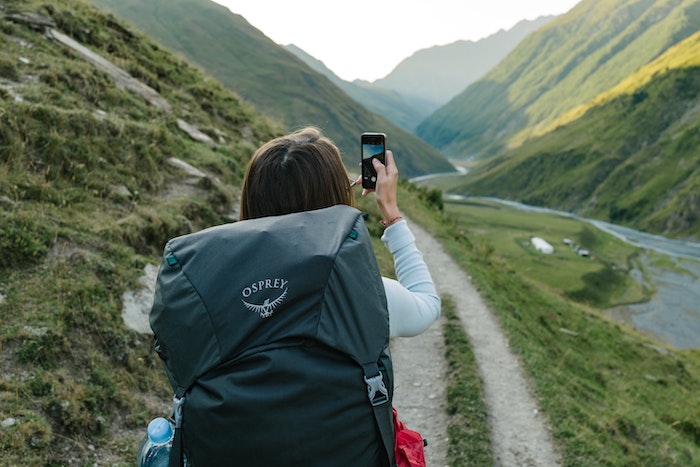When we consider the risks associated with travelling, it’s important to remember the risks that stem from the devices we bring with us. With March Break approaching, now is a good time to refresh your memory with best practices for travelling with your devices.
Protect your passwords
Before you depart, wipe all stored passwords from your device applications and browsers and turn off the “remember me” feature. To be extra cautious, you can also change your existing device and online account passwords to temporary passwords.
Get permission
U of T staff and faculty must ensure they have the departmental authorization to take data off-site. Always check with your departmental contact first.
Prepare for the worst
In case of loss, make sure you know how to remotely wipe your personal devices. Travel with a copy of your cellular provider’s toll-free phone number so you can quickly have service suspended or blocked.
Keep your devices close
Always keep your devices with you. Pay extra attention at airport screening and other security checkpoints and never leave your belongings unattended at events or conferences.
Be cautious
Practice the same caution you would at home. Don’t download or click links from untrusted sources and delete emails that seem suspicious.
Travel light
Don’t travel with confidential data on your phone or computer. Empty the devices you will take with you and create temporary online data stores.
Use trusted devices only
If you need to bring a portable hard drive or USB drive with you, ensure the devices are trusted and encrypted. Never use an unfamiliar or untrusted device for this purpose.
Strengthen your password
Make sure all devices and accounts are protected by strong passwords. A strong password is either short and very complex or long and easy to remember. If possible, set up multi-factor authentication.
Burner or backup
Use a “burner” device that can be used on a temporary basis when travelling. If you choose to bring your own personal devices, back up your information with a cloud service or a secure device you leave at home.
Update, update, update!
Make sure the software on all your travel devices is up to date. Updates to your computer software and mobile device apps will work to fix unknown security gaps.

